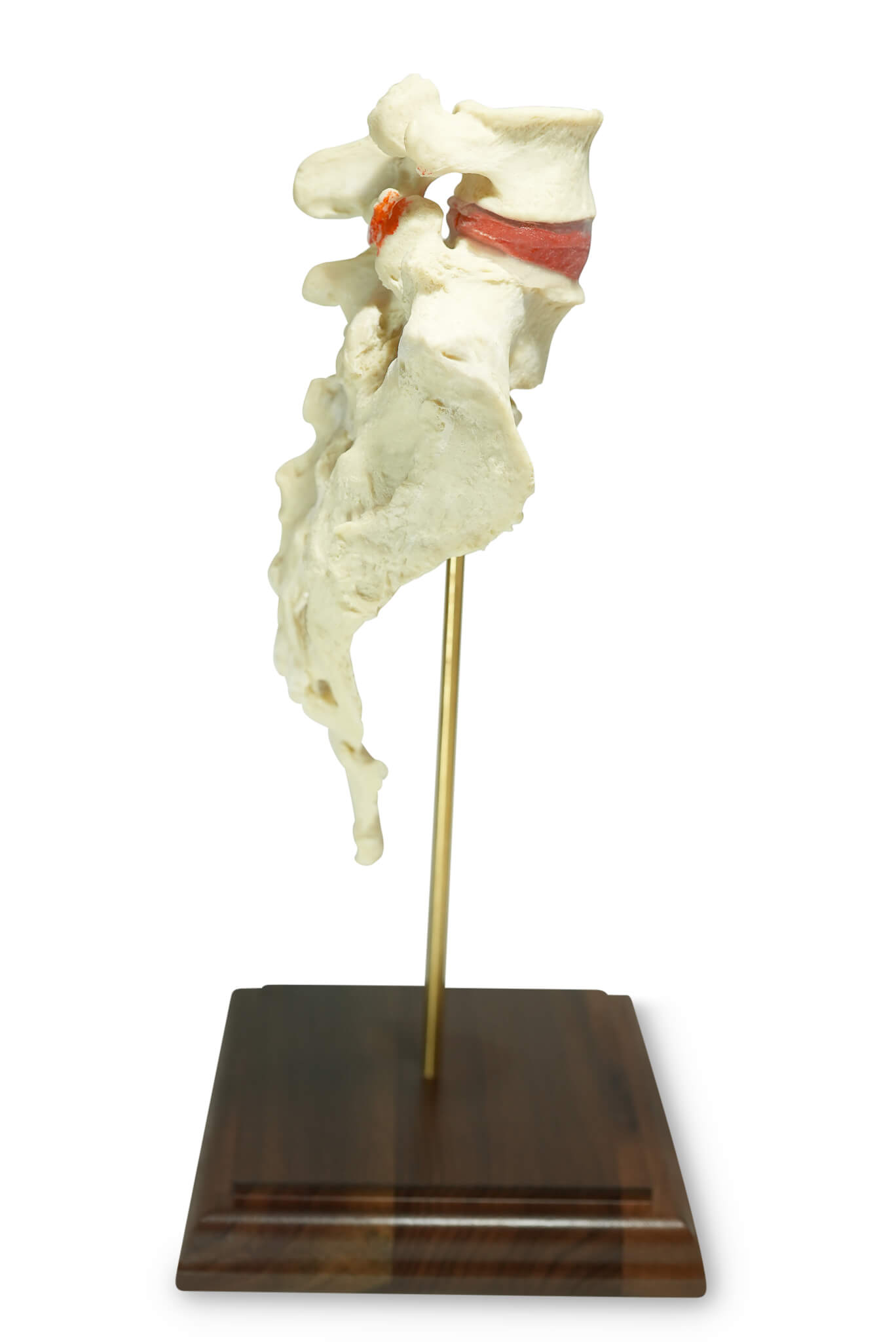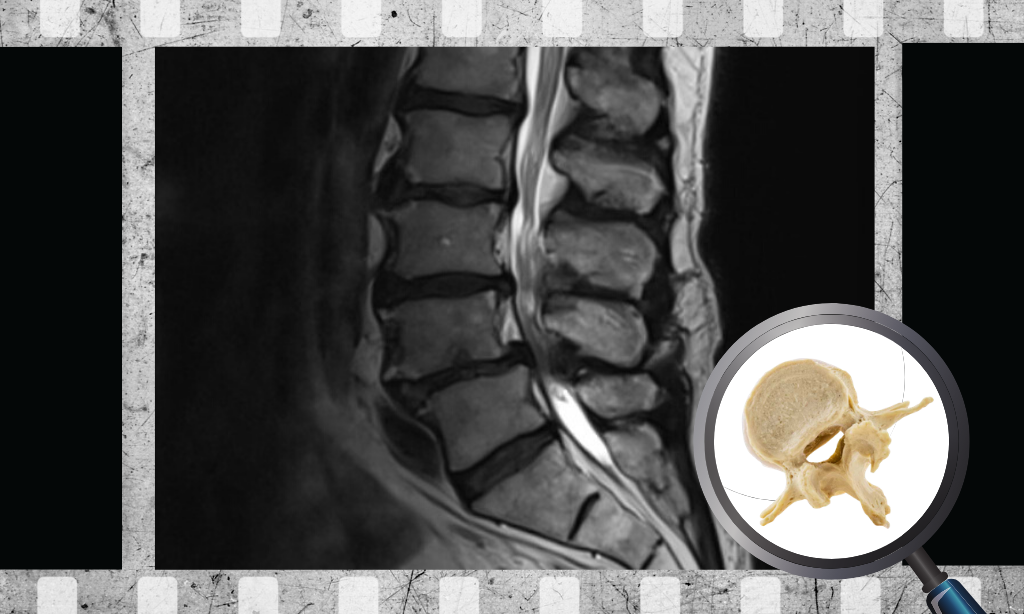
The human spine is wonderfully designed to be flexible yet stable. The lumbar spine, which is the lower back region, plays a crucial role in supporting the upper body, enabling it to move within a certain range. Lumbar Intervertebral discs are complex structures that absorb shock between the vertebrae, acting as cushions. For a healthy back, these intervertebral discs must be in good condition.
Previous research has shown that gravitational force significantly impacts the function of lumbar discs, making them compressed and shorter during the day. Unlike previous research, this research investigates gravity’s immediate effects on lumbar discs.
In this study[1.Immediate effect of upright position on lumbar disc using multiposture MRI: Preliminary results], researchers used the multi-posture MRI technique to assess the form of the spine in supine and upright positions, unlike conventional MRI machines, which only allow examination of the spine in the supine position. This enabled scientists to adequately observe how the spine behaves when humans shift from lying down to sitting or standing up.

Scientists took a sample population of seven young, healthy men who have never had back pain or spine problems. Researchers examined the lumbar spine of each participant, subjecting them to rounds of MRI scans. During the scans, they focused on three main parameters.
The MRI scans revealed some interesting findings:
Water Content Change in L4-L5 Disc: The T2 relaxation time used to measure water content in the discs was observed to significantly decrease in the L4-L5 disc when standing up as opposed to lying down. This suggests that water is being squeezed out of the disc as humans transition to an upright posture, showing that gravity immediately affects the disc.
No Change in Other Discs: It’s interesting to note that other discs (L1-L3 and L5-S1) showed no appreciable variations in water content between the two places. This implies that, compared to other lumbar discs, the L4-L5 disc may be more vulnerable to the rapid impacts of gravity.
Diffusion Measurements Remain Unchanged: ADC measurements had no significant changes as participants moved from supine to upright positions. This study focused on a healthy young male population and could explain why the diffusion measurements were so observed, seeing as diffusion measurements respond more to changes in degenerated discs.
Minimal Morphological Changes: There was no discernible difference in the length of the lumbar spine or the angle of the lower back curvature (lordosis angle) between the two postures. The participants’ young age and well-developed core muscles may cause this since they may have helped preserve spinal alignment despite the change in posture.
The researchers found that standing up decreases the water content of the L4-L5 disc in the lower back, which is more vulnerable to problems such as disc herniation—a bulging or rupturing of the disc as a result of pressure. This finding illustrates the impact of gravity on disc health. It is possible that the study’s focus on healthy discs contributed to the lack of significant changes in diffusion measurements (ADC).
Because the research participants were young and had strong core muscles, which maintain the spine against the compressive pressures of gravity, the study also found little change in spinal length. However, as people age or get weaker in the core, the impact of gravity on spinal alignment may become more noticeable. More information may be obtained by looking at a wider age range and individuals with different core strengths.
Although this research shows how gravity immediately impacts lumbar discs, its limitations include restricting the population tested to healthy young men and the lack of measurement variability. For further studies, researchers can explore the older or female populations. They can also automate the selection of test regions instead of manually selecting them.
Given the facts of the experiments, researchers still believe that this study provides reasonable insights into the short-term effect of gravity on lumbar discs.
Further research in this area could involve:
Further studies should encompass a wider range of participants, such as women, senior citizens, and those with back problems. They’ll employ cutting-edge equipment to assure the accuracy of their measurements and investigate larger groups of people to collect more data. To monitor the long-term effects of gravity on participants’ spinal discs, they also want to track them over time. In addition, they are investigating methods to mitigate gravity’s harm to these discs. Many people who suffer from back pain may benefit from improved methods of diagnosing and treating back issues brought about by understanding how gravity affects our backs.
Share Now